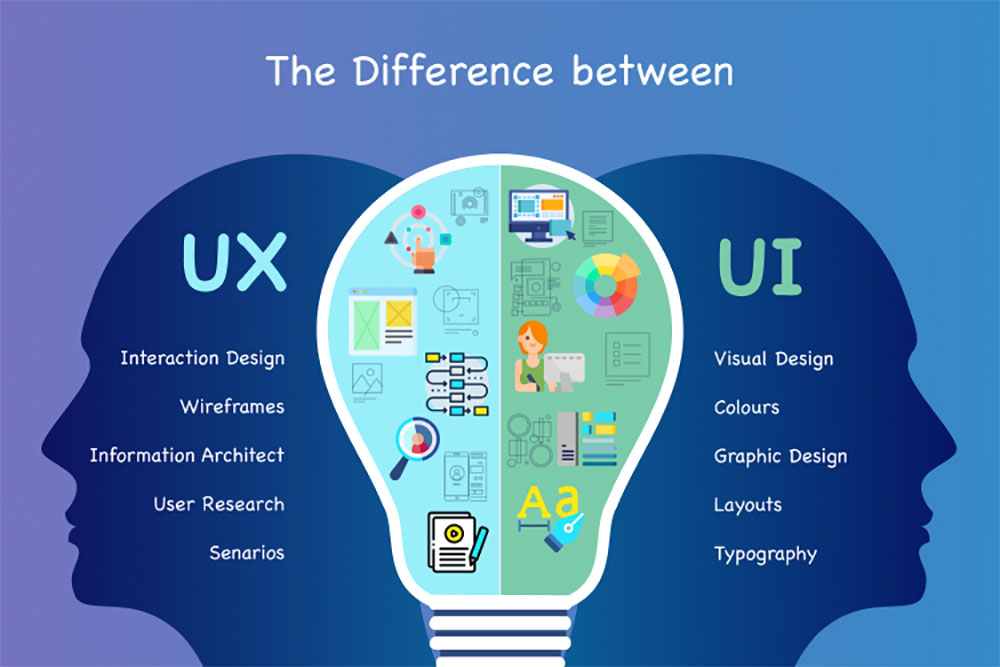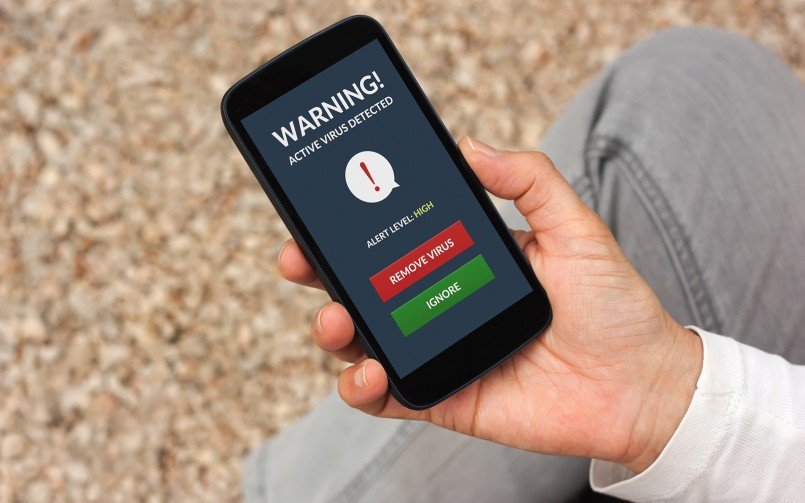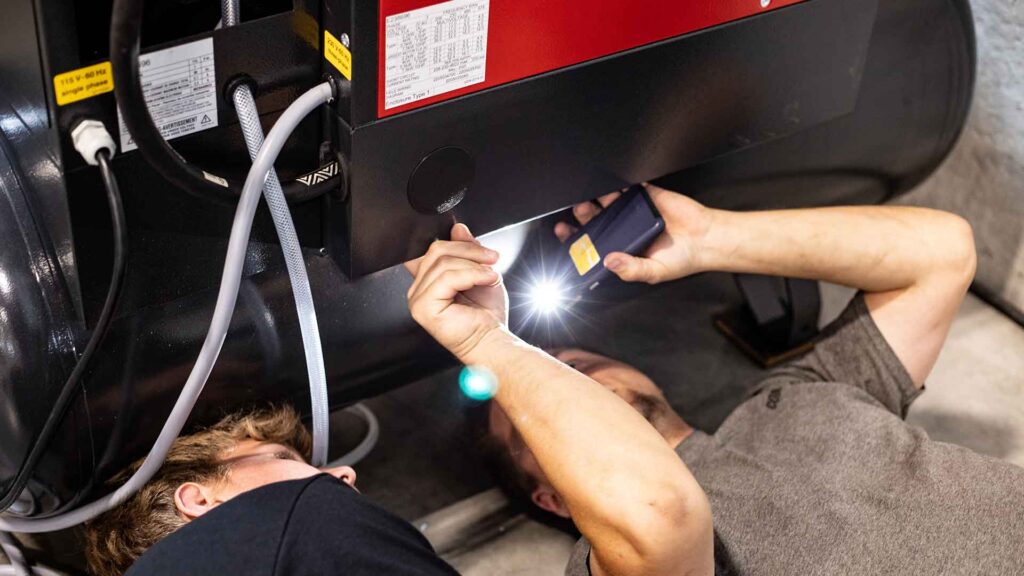
As the digital world constantly changes and user expectations grow, UI/UX design plays an increasingly important part in determining a business’s success. Combining User Interface (UI) and User Experience (UX) design is more than just a matter of style; it is an essential component in determining how people engage with a product or service as a whole. Leveraging UI/UX design’s potential may transform enterprises and lead them toward long-term success. In this in-depth investigation, we explore the ways in which companies may apply UI/UX Company for the newest design ideas to not only visually capture their audience but also promote development and profitability.
Unveiling the Essence of UI/UX Design
The main goal of UI/UX design is to increase user pleasure through better usability, accessibility, and general enjoyment of using a product. UX design ensures a smooth and enjoyable experience at every touchpoint throughout the user journey, whereas UI design concentrates on the visual elements.
Building confidence and Credibility
- Immersive Brand Identity: Crafting a clear and consistent brand identity through elements like logos, color schemes, and typography is foundational to instilling trust in users.
- Intuitive Navigation Systems: A well-thought-out navigation system ensures that users can effortlessly find what they need, enhancing their overall experience and solidifying their confidence in your brand.
- Adaptive and Responsive Design: With the prevalence of diverse devices, having a responsive design that adapts seamlessly to various screen sizes is paramount for maintaining user trust.
Increasing User Appeal and Retention
- Seamless Onboarding Processes: Simplifying the onboarding process minimizes friction for new users, increasing the likelihood of them exploring your product further.
- Personalization Magic: User experiences may be greatly improved by customizing them based on their preferences and previous interactions. This promotes return visits and a feeling of personal connection.
- Interactive Delights: Incorporating interactive elements such as animations, micro-interactions, and instant feedback mechanisms not only makes the user experience more enjoyable but also keeps users actively engaged with your product.
Sales and Conversion Catalyst
- Strategic Call-to-Action (CTA): Well-placed CTAs guide users towards desired actions, whether it’s making a purchase, signing up for a newsletter, or downloading an app.
- Efficient Checkout Processes: A streamlined checkout process reduces cart abandonment rates and improves conversion rates, directly impacting sales and revenue.
- Trust-Building Elements: Displaying social proof in the form of customer testimonials, reviews, and endorsements instills confidence in potential customers, facilitating their purchasing decisions.
Nurturing Customer Satisfaction and Loyalty
- Responsive Customer Support Channels: Providing prompt and efficient customer support through channels like live chat, email, and FAQs demonstrates your commitment to addressing user needs and concerns.
- Feedback Ecosystems: Implementing user-friendly feedback mechanisms allows users to voice their opinions and suggestions, fostering a sense of ownership and community around your product.
- Continuous Evolution and Improvement: A commitment to a continuous iterative design process based on user feedback and data insights ensures that your product evolves to meet changing user needs and expectations.
Iteration, testing, and metrics
- Key Performance Indicators (KPIs):It is essential to identify and track pertinent key performance indicators (KPIs) including bounce rates, conversion rates, and user retention metrics when assessing the effectiveness of your UI/UX design work.
- Iterative Design Philosophies: Adopting an iterative design process that incorporates ongoing improvement based on data insights and user input guarantees that your product stays ahead of the curve in the ever-changing digital world while still being relevant.
Conclusion
In summary, the strategic integration of UI/UX design is an investment that looks forward and yields long-term benefits, not just a cost. Enterprises that give precedence to user contentment, interaction, and conversion enhancement via proficient UI/UX design are more likely to prosper and adjust in the current cutthroat industry. Businesses who understand the transformational potential of UI/UX design will continue to set the bar for growth, innovation, and customer happiness as technology develops and user expectations change. Keep in mind that UI/UX design is about developing experiences that not only create interfaces but also take your brand to new heights of success.













